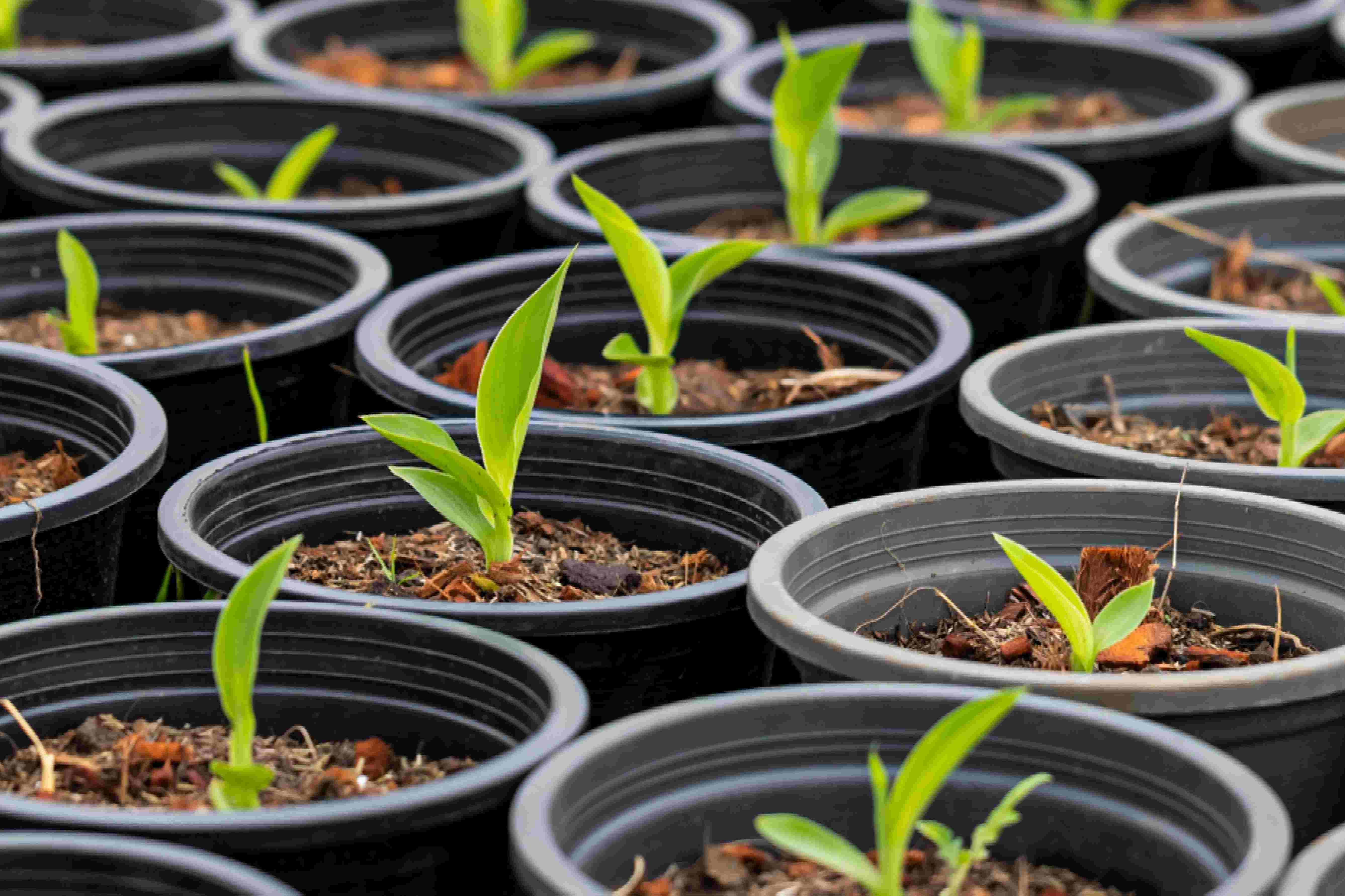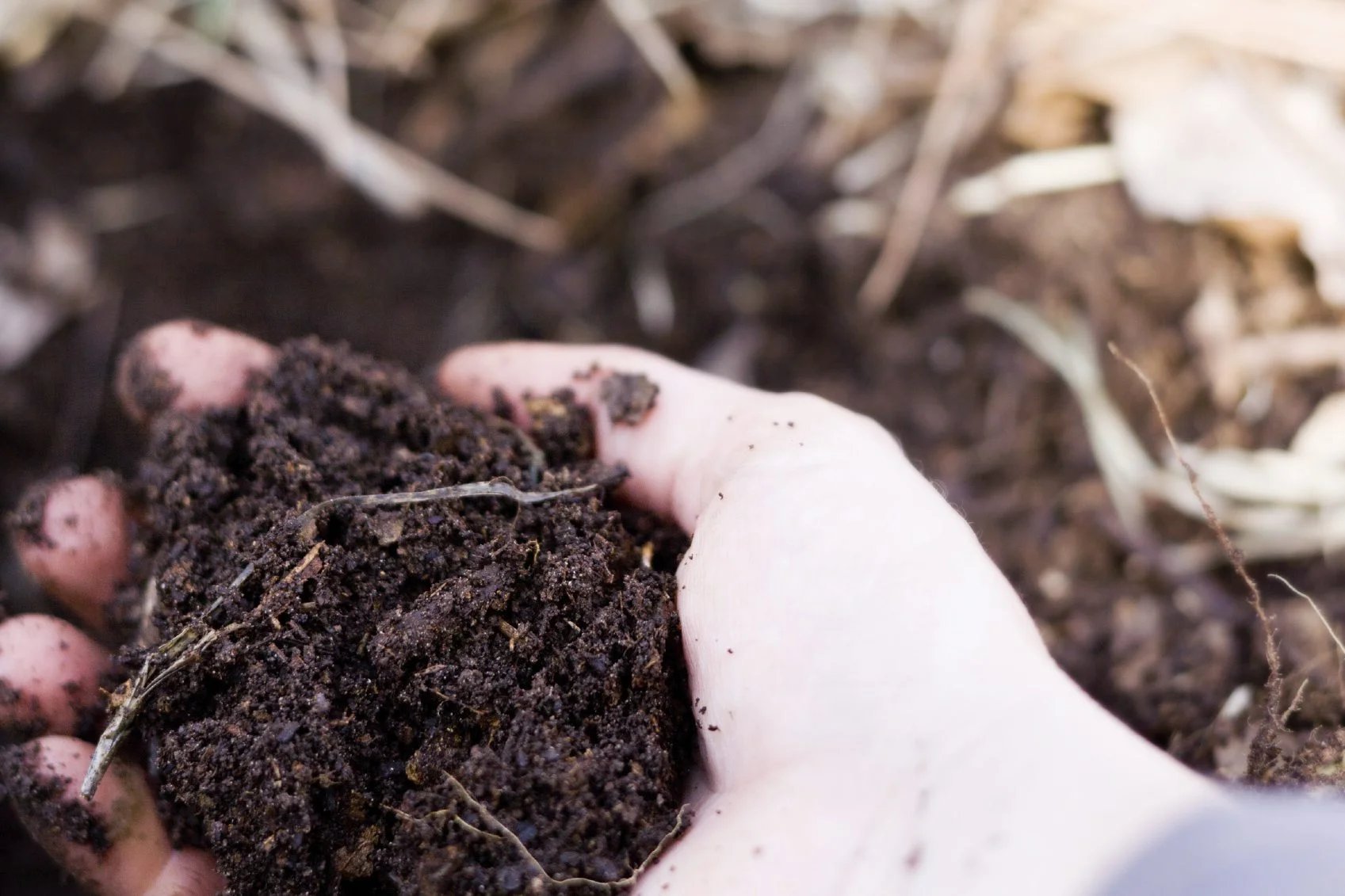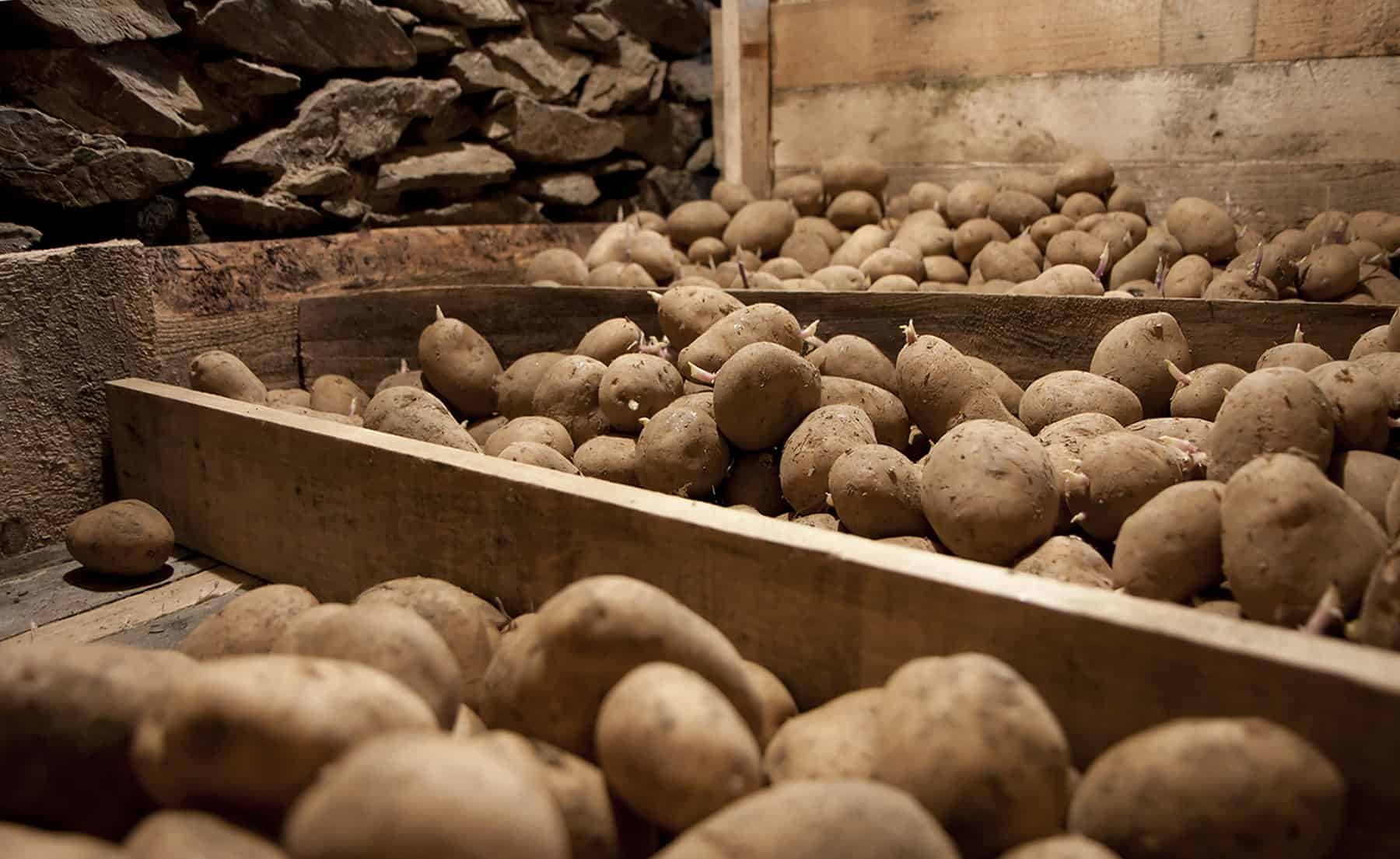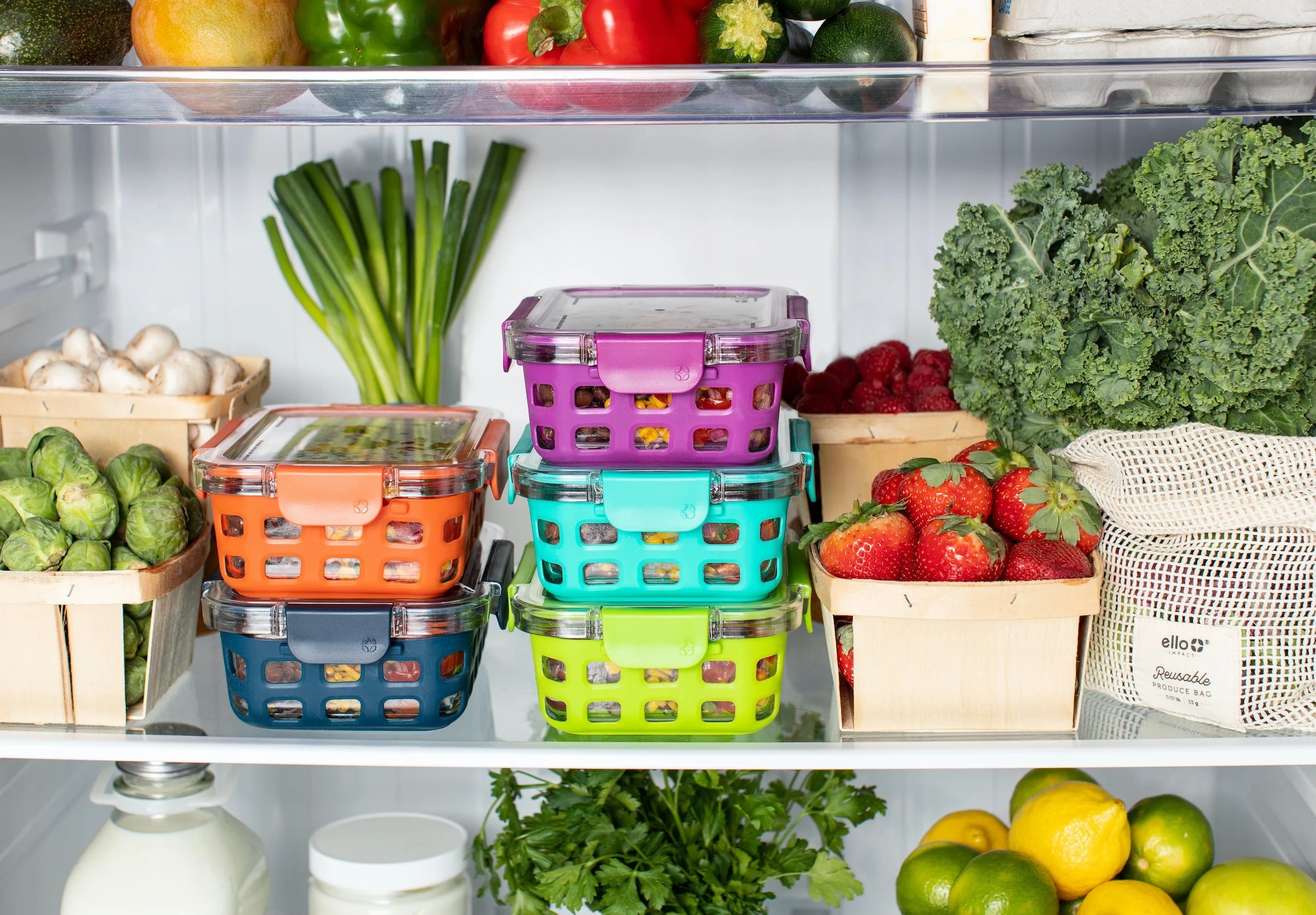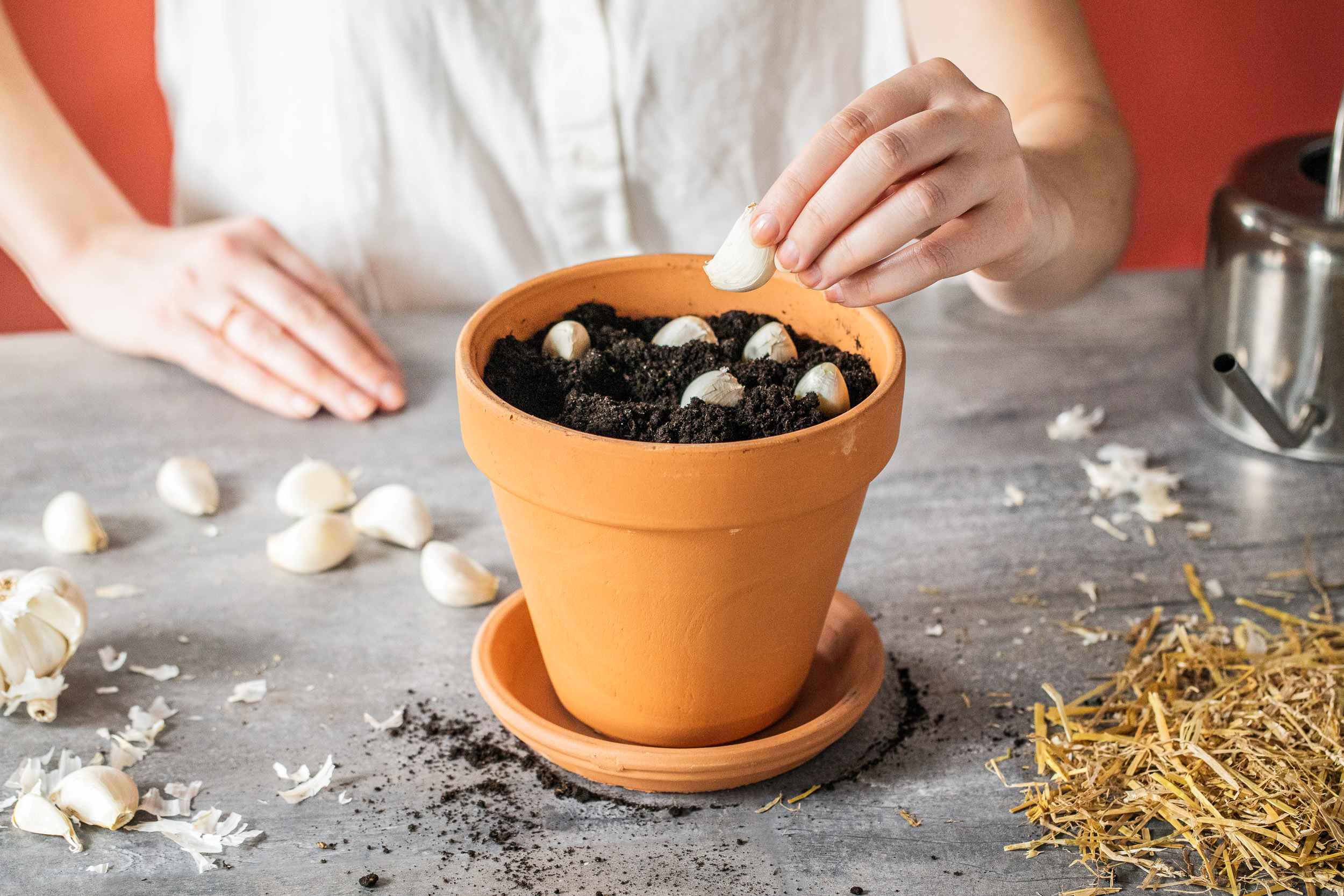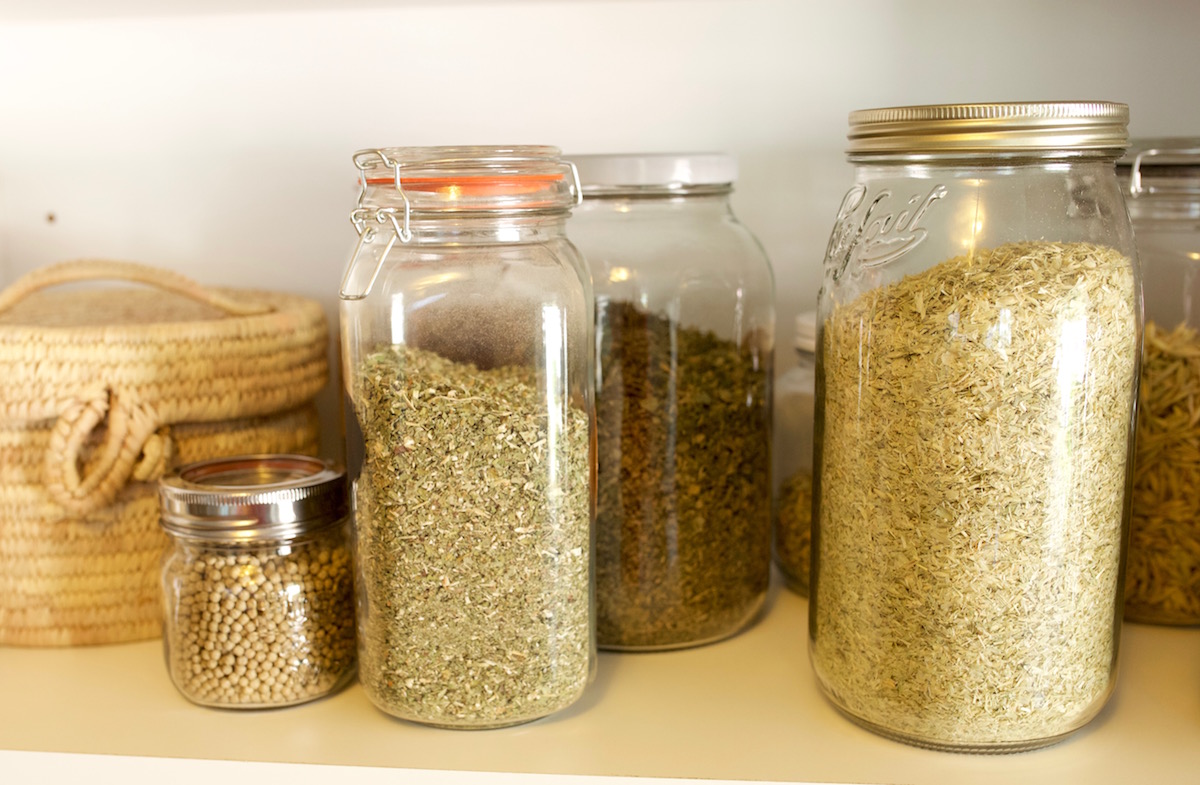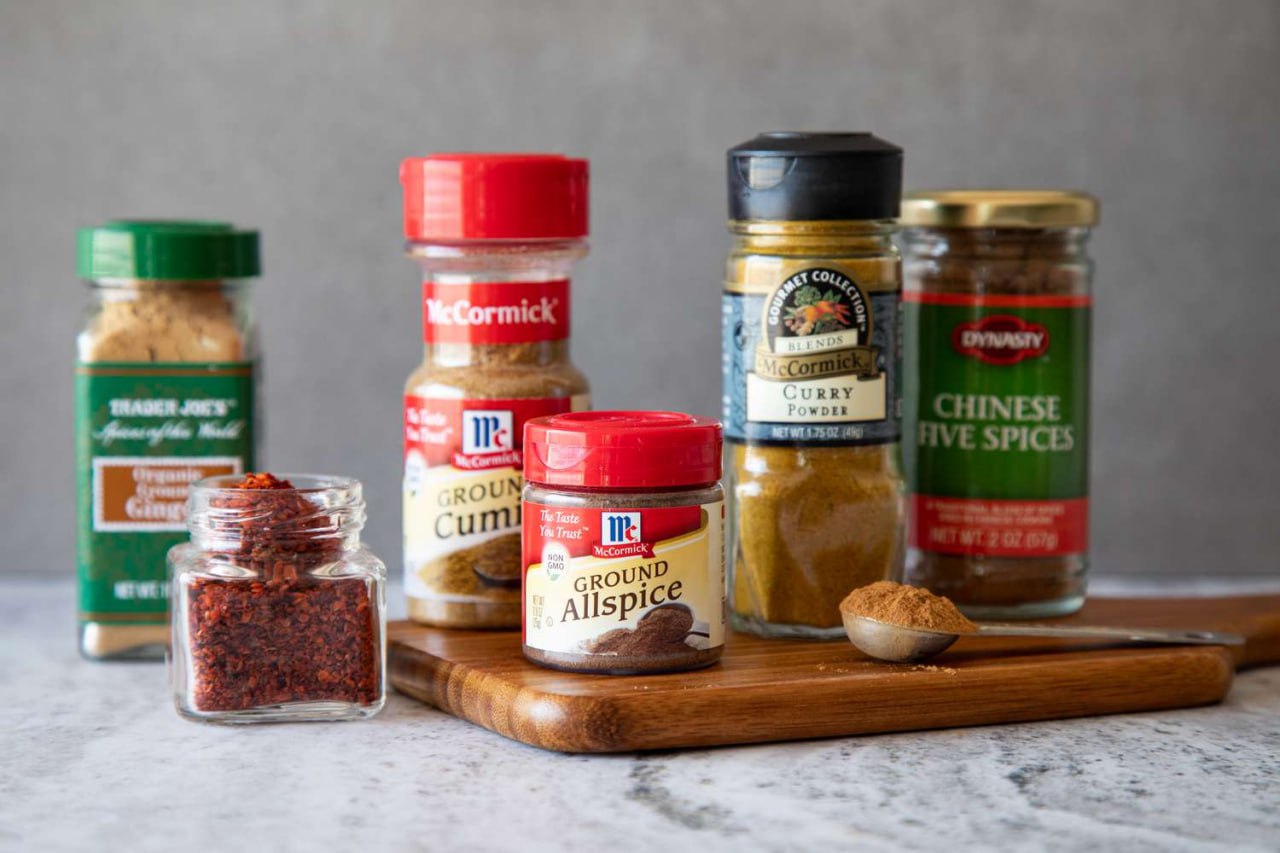Home>Types of Gardening>Ornamental Gardening>How To Store Caladium Bulbs


Ornamental Gardening
How To Store Caladium Bulbs
Published: January 23, 2024
Learn how to properly store caladium bulbs for the winter to ensure healthy and vibrant growth in the next season. Expert tips for ornamental gardening enthusiasts.
(Many of the links in this article redirect to a specific reviewed product. Your purchase of these products through affiliate links helps to generate commission for Chicagolandgardening.com, at no extra cost. Learn more)
Table of Contents
Introduction
Caladiums are renowned for their vibrant and striking foliage, making them a popular choice for ornamental gardening. These tropical plants, also known as elephant ear plants, are favored for their lush and colorful leaves, which come in a diverse range of patterns and hues. While caladiums are typically grown as annuals in cooler climates, they can be preserved over the winter by storing their bulbs. By carefully storing caladium bulbs during the dormant season, gardeners can ensure the plants' survival and enjoy their resplendent beauty year after year.
Storing caladium bulbs is a crucial aspect of maintaining these stunning plants, especially in regions where the climate is not conducive to year-round growth. Whether you're a seasoned gardener or a novice enthusiast, understanding the process of storing caladium bulbs is essential for preserving these botanical gems. This comprehensive guide will walk you through the steps of selecting, preparing, and storing caladium bulbs, ensuring that you can relish their splendor season after season.
Throughout this guide, we will delve into the intricacies of storing caladium bulbs, providing valuable insights into the selection of the right bulbs, the preparation process, the selection of an optimal storage location, and the maintenance required to keep the bulbs healthy during their dormancy. By following these guidelines, you can safeguard your caladium bulbs and set the stage for a resplendent display when the growing season returns.
So, let's embark on this horticultural journey and unravel the art of storing caladium bulbs to preserve their beauty and vitality for the years to come.
Choosing the Right Bulbs
When preparing to store caladium bulbs, it all begins with selecting the right bulbs. The quality and condition of the bulbs play a pivotal role in their ability to survive the dormant period and thrive when replanted. Here are essential factors to consider when choosing caladium bulbs for storage:
- Size and Firmness: Opt for bulbs that are firm to the touch and free from soft spots or blemishes. Larger bulbs, typically 1.5 to 2.5 inches in diameter, tend to yield more robust and vigorous plants.
- Bulb Health: Inspect the bulbs for signs of disease or rot. Healthy caladium bulbs should be plump and devoid of mold, mildew, or visible damage.
- Budding Eyes: Look for bulbs with multiple budding eyes, as these are indicative of strong growth potential. The presence of budding eyes suggests that the bulb is mature and capable of producing abundant foliage.
- Varietal Selection: Consider the specific caladium variety when choosing bulbs for storage. Some varieties are more resilient and better suited for storage, while others may require extra care due to their unique characteristics.
It’s important to procure bulbs from reputable sources to ensure their quality and authenticity. Whether purchasing from a local nursery or a trusted online supplier, obtaining bulbs from reliable sources enhances the likelihood of successful storage and subsequent growth.
By meticulously selecting healthy, robust bulbs with ample budding eyes, you set the stage for a successful storage experience and a vibrant display when the bulbs are reintroduced to the growing environment. The process of choosing the right bulbs is a critical initial step in the journey of preserving caladiums through their dormant phase.
Preparing Bulbs for Storage
Before stowing caladium bulbs for the dormant season, it’s essential to prepare them adequately to promote their health and viability. The following steps outline the crucial measures to take when preparing caladium bulbs for storage:
- Trimming Foliage: As the growing season wanes and the foliage begins to yellow and wither, trim the leaves, leaving a short stub of approximately 2 inches. This process allows the plant to redirect its energy to the bulbs in preparation for dormancy.
- Drying Period: After trimming the foliage, allow the bulbs to air dry for a few days in a warm, well-ventilated area. This step aids in curing the bulbs and reducing the risk of rot during storage.
- Removing Soil: Gently brush off excess soil from the bulbs, taking care not to damage them. Cleaning the bulbs minimizes the likelihood of soil-borne pathogens and pests affecting their condition during storage.
- Dusting with Fungicide: To further safeguard the bulbs from fungal diseases, lightly dust them with a fungicidal powder. This precautionary measure helps prevent mold and mildew from compromising the bulbs’ health during their dormancy.
- Labeling: As you prepare the bulbs, it’s advisable to label them according to their variety or color, especially if you are storing multiple caladium varieties. This labeling simplifies the identification process when it’s time to replant them.
By diligently preparing the bulbs for storage, you set the stage for their successful preservation and subsequent revival. These preparatory measures not only contribute to the bulbs’ well-being during dormancy but also streamline the process of reintroducing them to the growing environment when the time is right.
Selecting the Storage Location
Choosing an appropriate storage location is paramount to the successful preservation of caladium bulbs during their dormant phase. The ideal storage environment should provide the necessary conditions to keep the bulbs dormant and healthy until the next growing season. Here are key considerations when selecting a storage location for caladium bulbs:
- Temperature and Humidity: Opt for a storage area with consistent temperatures between 50-60°F (10-15°C) and moderate humidity levels. Avoid locations prone to extreme temperature fluctuations or excessive moisture, as these conditions can compromise the bulbs’ viability.
- Air Circulation: Ensure that the chosen storage space offers adequate air circulation to prevent the accumulation of excess moisture, which can lead to rot or fungal growth. Proper ventilation is crucial for maintaining the bulbs in a dormant state.
- Darkness: Store the bulbs in a dark environment to prevent premature sprouting or photosynthesis, which can deplete the bulbs’ energy reserves. Darkness helps maintain the bulbs’ dormancy and preserves their vitality.
- Protection from Pests: Select a storage location that is safeguarded against potential pest infestations. Inspect the area for signs of rodents, insects, or other pests that may compromise the bulbs during storage.
Common storage locations for caladium bulbs include ventilated paper bags, wooden crates with breathable liners, or mesh bags that facilitate air circulation. It’s crucial to avoid airtight containers or plastic bags, as these can trap moisture and impede airflow, increasing the risk of bulb decay.
By conscientiously choosing a suitable storage location that aligns with the bulbs’ dormancy requirements, you can safeguard the bulbs and set the stage for their successful reemergence when the growing season resumes.
Storing Caladium Bulbs
Once the caladium bulbs have been prepared and a suitable storage location has been identified, it’s time to stow them away for the dormant season. Proper storage is essential for maintaining the bulbs’ vitality and ensuring their successful revival. Here are the steps to effectively store caladium bulbs:
- Arrangement: Place the prepared bulbs in a single layer within the chosen storage container, ensuring that they are not overcrowded. This arrangement allows for adequate air circulation and minimizes the risk of bulb damage.
- Medium: Some gardeners opt to nestle the bulbs in a bed of peat moss, vermiculite, or dry wood shavings within the storage container. This medium helps regulate moisture levels and provides a cushioning layer for the bulbs.
- Monitoring: Periodically inspect the stored bulbs to ensure they remain firm and free from signs of decay. If any bulbs show signs of deterioration, promptly remove them to prevent the spread of decay to the remaining bulbs.
- Temperature Control: Maintain a consistent storage temperature within the recommended range of 50-60°F (10-15°C). Avoid exposing the bulbs to freezing temperatures or excessive warmth, as these conditions can compromise their dormancy.
It’s important to label the storage container with the caladium variety and the date of storage, facilitating easy identification and monitoring. Additionally, store the containers in a cool, dark, and well-ventilated area, ensuring that the bulbs remain undisturbed throughout their dormancy.
By adhering to these storage guidelines, you can safeguard the caladium bulbs and nurture their potential for a vibrant resurgence when the growing season beckons. The art of storing caladium bulbs lies in providing them with a conducive environment that respects their dormancy needs and preserves their vigor for the seasons ahead.
Monitoring and Maintenance
While caladium bulbs are in storage, diligent monitoring and minimal maintenance are essential to ensure their well-being and readiness for the upcoming growing season. Here are key practices for effectively monitoring and maintaining stored caladium bulbs:
- Regular Inspections: Schedule periodic inspections of the stored bulbs to check for firmness, signs of mold, or any indications of decay. This proactive approach allows for the timely identification and removal of any compromised bulbs, preventing the spread of deterioration to the entire batch.
- Moisture Control: Maintain a balanced level of moisture within the storage environment. While it’s crucial to avoid excessive dryness, it’s equally important to prevent the bulbs from being exposed to excessive moisture, which can lead to rot. Periodically assess the storage medium and adjust moisture levels as needed.
- Air Circulation: Ensure that the storage area continues to provide adequate air circulation. Proper ventilation is crucial for preventing the buildup of excess moisture and maintaining the bulbs in a dormant state without encouraging fungal growth.
- Temperature Management: Monitor the storage area to uphold the recommended temperature range of 50-60°F (10-15°C). Consistent temperatures within this range promote dormancy and preserve the bulbs’ energy reserves for the upcoming growing season.
Minimal maintenance is required during the storage period, primarily focusing on preserving the bulbs’ dormant state and intervening promptly if any issues arise. By maintaining a watchful eye and addressing any concerns as they emerge, you can nurture the bulbs’ vitality and readiness for their eventual return to the garden.
By conscientiously monitoring and providing minimal maintenance to the stored caladium bulbs, you can safeguard their potential for a vibrant resurgence when the time comes to reintroduce them to the growing environment. This attentive approach sets the stage for a successful transition from dormancy to flourishing growth, allowing the caladiums to grace the garden once again with their resplendent foliage.
Conclusion
Storing caladium bulbs is a nuanced yet rewarding endeavor that empowers gardeners to preserve these botanical treasures through their dormant phase and witness their resplendent resurgence in subsequent growing seasons. By carefully selecting the right bulbs, preparing them diligently, and providing an optimal storage environment, you set the stage for a successful preservation journey. The art of storing caladium bulbs lies in respecting their dormancy needs and nurturing their potential for vibrant revival.
As you embark on this horticultural journey, remember that the quality and condition of the bulbs, the preparatory measures taken, and the chosen storage environment collectively influence the bulbs’ ability to thrive when reintroduced to the growing environment. The meticulous attention given to monitoring and minimal maintenance during the storage period further contributes to the bulbs’ readiness for their eventual return to the garden.
Through these conscientious practices, you honor the inherent beauty and resilience of caladiums, ensuring that their captivating foliage continues to grace your garden year after year. The process of storing caladium bulbs transcends mere preservation; it encapsulates a harmonious partnership between the gardener and nature, fostering the perpetuation of botanical splendor.
As you store your caladium bulbs with care and mindfulness, envision the forthcoming season when these dormant treasures will awaken, unfurling their vibrant leaves and infusing the garden with a kaleidoscope of colors. Your dedication to preserving the vitality of these bulbs embodies the essence of ornamental gardening – a harmonious dance between stewardship and natural beauty.
So, as you embark on this journey of storing caladium bulbs, may your efforts be rewarded with a bountiful display of lush foliage and vibrant hues, serving as a testament to the enduring allure of these remarkable plants.
